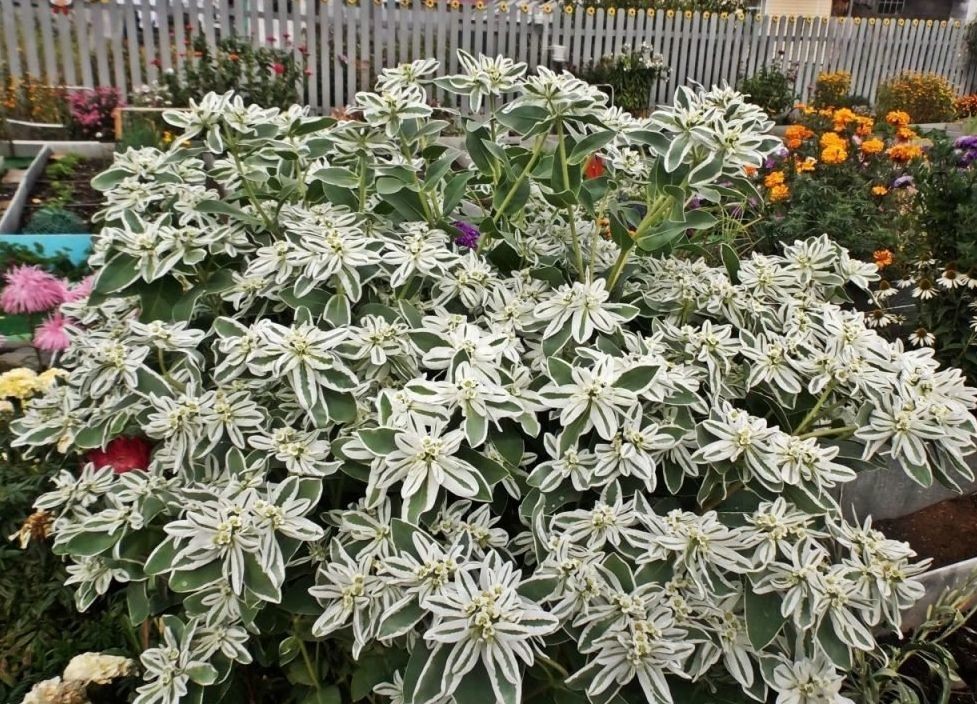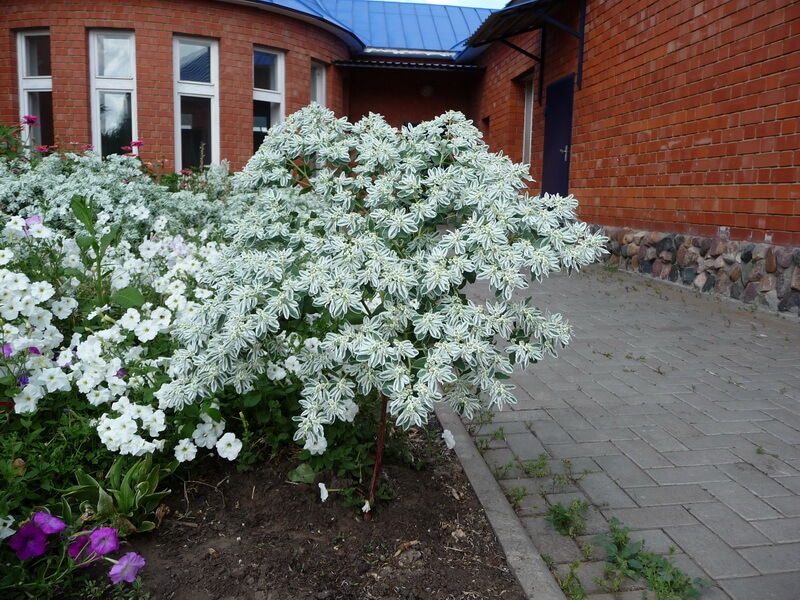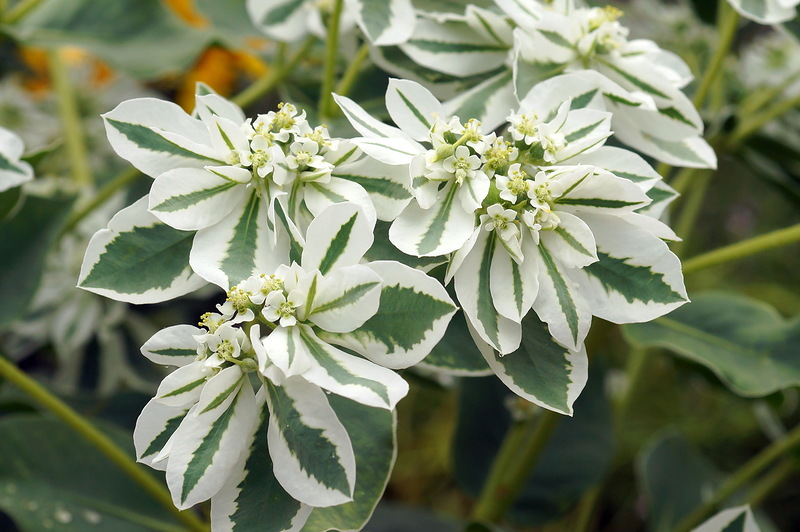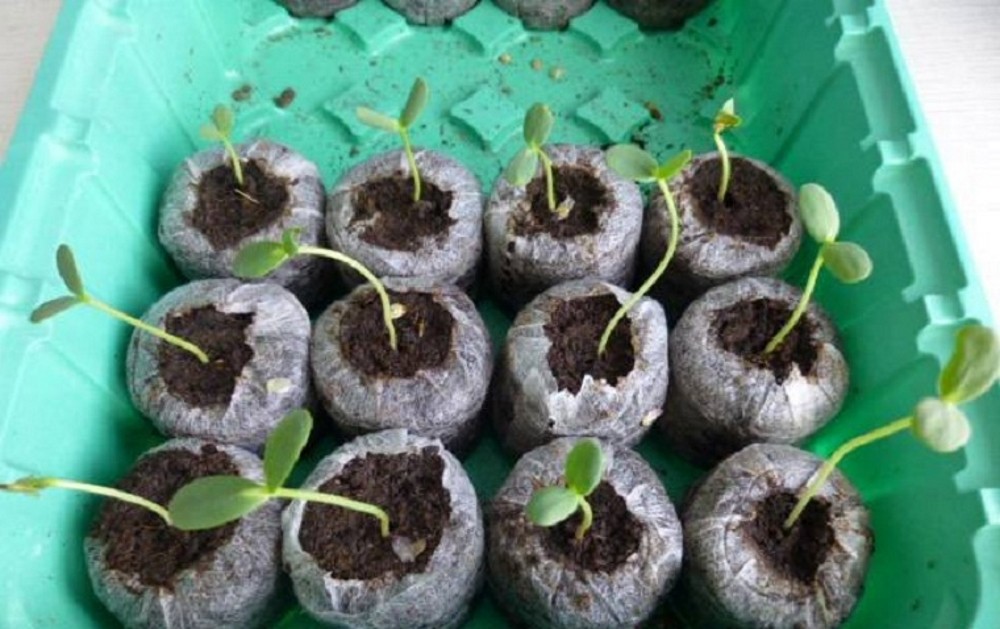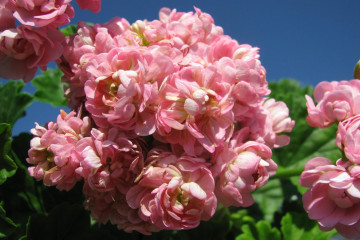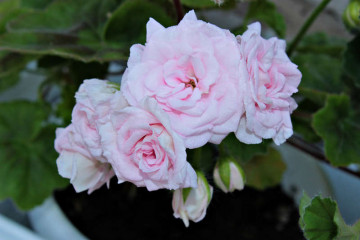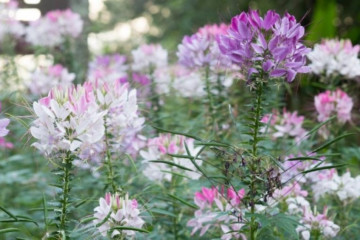Euphorbia edged - care features
Content:
Euphorbia fringed is known as a mountain subspecies that grows wild in North America. At home, the plant is grown because of its beautiful flowering, variegated foliage and unpretentious care.
What does the euphorbia bordered look like, which family it belongs to
Euphorbia fringed has many names that characterize its appearance and habitat - "early snow", "mountain" or "rich bride". The shrub belongs to the Euphorbia family, grows no more than 80 centimeters in length.
Common varieties
Two varieties of milkweed Early Snow are most popular:
- Summer Icicle - 40 centimeters in height, whorled leaves are colored light green and have a white border around the edge;
- Early Snow - similar to the previous variety, but with more noticeable flowering with white buds.
Healing properties
Milkweed tinctures have long been used in folk medicine for the treatment of various ailments. The plant has healing properties:
- enhances immunity;
- treats external inflammatory processes;
- reduces itching and other dermatological problems;
- starts the correct functioning of the gastrointestinal tract;
- relieves stomach pain in case of poisoning.
Briefly about the history of appearance
The native land of origin of the plant is the mountain slopes of Canada and the northern states of America. It is grown as a garden ornamental plant relatively recently.
Features of caring for a flower at home
Like other varieties of milkweed, the edged one also has no special requirements for care.
Temperature
For normal growth, a temperature between 18-26 ℃ above zero is required. The shrub is resistant to heat, but it can also endure short frosts without negative consequences.
Lighting
It is better to plant euphorbia in an open place, otherwise it will weaken and may die. If the plant is planted next to buildings, then it is better to choose the southern sides for this.
Watering
Mountain spurge is rarely watered, otherwise there may be a danger of decay of the root system. Water the plant only when necessary, during the rainy period this need disappears altogether.
Spraying
There is no particular need to spray. The shrub easily tolerates drought and does not suffer from high temperatures.
Humidity
Moisture indicators, like spraying, do not play a special role in maintenance, so you can not pay attention to this point.
Priming
For planting, choose a place with a deep groundwater table, since the plant does not like high humidity.Due to excessive feeding, euphorbia may stop developing, so you should not carry out the procedure too often.
Top dressing
Fertilizers play an important role in the care of ornamental plants, but not in the case of edged milkweed. It is enough to feed it once a month with mineral fertilizers.
Features of care in winter, dormant period
By the end of the summer, they stop all care procedures and begin sanitary pruning. For the winter, euphorbia can not be covered or simply covered with dry foliage and earth. in more northern regions, they can be covered with spruce branches.
When and how it blooms
The flowering of mountain milkweed is imperceptible, as it is lost against the background of variegated leaf plates.
Types of flowers
Very small white flowers are collected located at the very top of the stems. In the very middle, yellow-green stamens are very noticeable on them. Due to their shade, the buds practically merge with the background of white-green large leaves.
Flower shapes
Umbrella-shaped inflorescences have 3 to 7 flowers, each of which includes 5 petals. The buds look like daisies with wide semicircular petals
Flowering period
Early snow bloom begins in late May and lasts until mid-June. Towards the end of summer, a second wave begins, which is not as abundant as the previous budding.
Pruning
After the milkweed has completely bloomed, it is time to cut off excess root suckers and dried stems.
How euphorbia bordered reproduces
Euphorbia of this subspecies is propagated in two ways: by seeds and cuttings.
Germinating seeds
Cultivation of milkweed bordered from seeds is carried out in the first half of May. Planting material is immediately planted in open ground, but seedlings are grown in a box. Initially, they dig up the soil and add organic matter to it, after which they do not feed the plant for 2 months. Small pits are made with a depth of 5 centimeters. They are planted in them by seed and watered. After the emergence of sprouts, weak and short specimens are removed.
Rooting cuttings
To grow euphorbia from the cuttings, a branch is cut off from an adult bush. For a day, it is soaked in water and planted in a nutritious loose substrate. After three weeks, the cutting takes root and can be planted in open ground.
Transfer
A planned transplant of mountain milkweed is not required, however, sometimes unforeseen circumstances appear, due to which the bush has to be transferred to another place. Such circumstances include an incorrectly selected planting site or decay of the root system.
A step-by-step transplant is carried out as follows:
- Dig up a bush and clear the roots of the earth.
- Dead rhizomes and stems are cut off.
- The sections are processed and the plant is placed in a saline solution that stimulates root formation.
- Dig a hole in another place.
- Spurge is placed in it.
- Fall asleep with a substrate and tamp.
Possible growing problems and diseases
All varieties of milkweed are characterized by special resistance to diseases and pests. They tolerate the negative effects of unfavorable climatic conditions well, but they show small problems.
Drops buds and leaves
The shedding of leaves and flowers is a consequence of a lack of feeding and a lack of lighting. Often before this, the foliage and petals of the buds begin to dry out at the edges.
Leaves turn pale
The main reason for the fading of the plates is the lack of natural light.An important element in the care of milkweed is the selection of a suitable site.
The tips of the leaves dry
The problem rarely worries mountain spurge, but if it appears, the bush suffers from prolonged exposure to the scorching sun with dry air and lack of watering.
The lower leaves fall
The fall of the lower leaves occurs due to a sharp change in temperature or a lack of phosphorus in the soil. The problem also arises if the plant is planted in low-lying areas, close to groundwater.
Pests
Among the insect parasites that infect the edged euphorbia, there may be scale insects, aphids and spider mites. You can notice their appearance on leaf plates, small dark dots are formed on them.
Other problems
Sometimes dark spots may appear on the leaf blades of the bush. They are formed due to stagnation of moisture in the soil and the appearance of root rot.
Bordered spurge is an annual shrub with an unusual color of leaf plates. This is what makes the shrub in demand in home floriculture.
